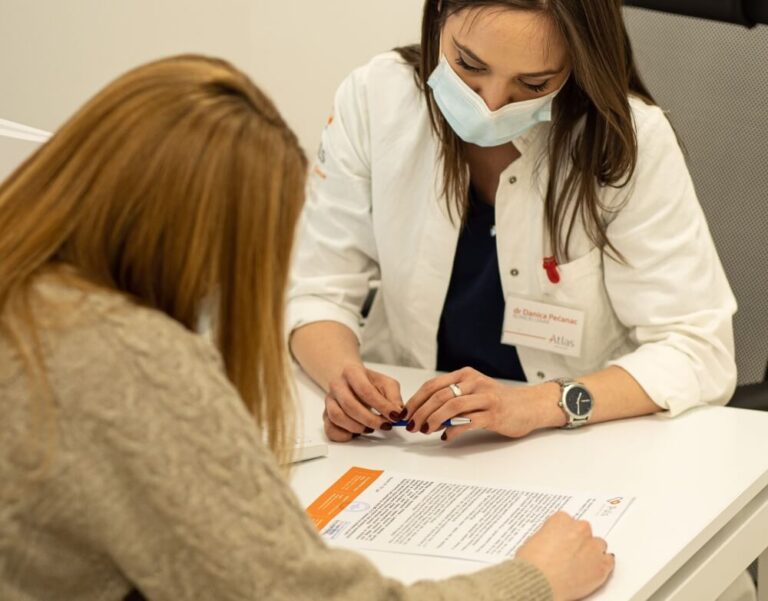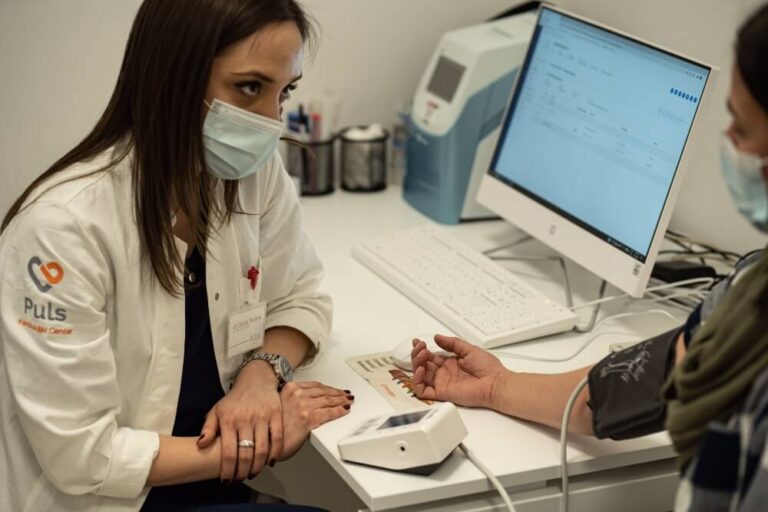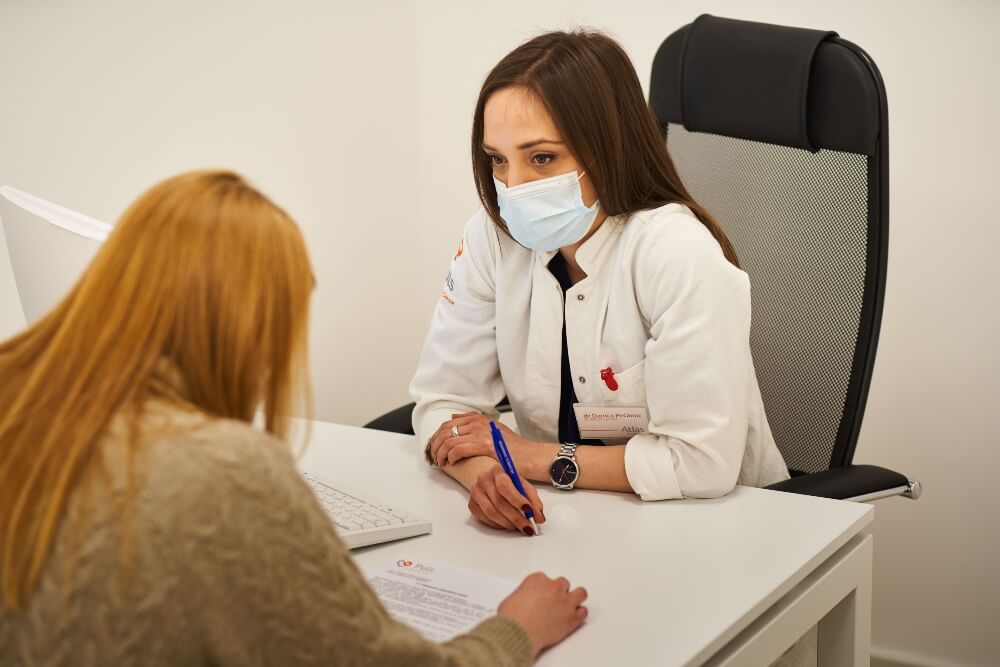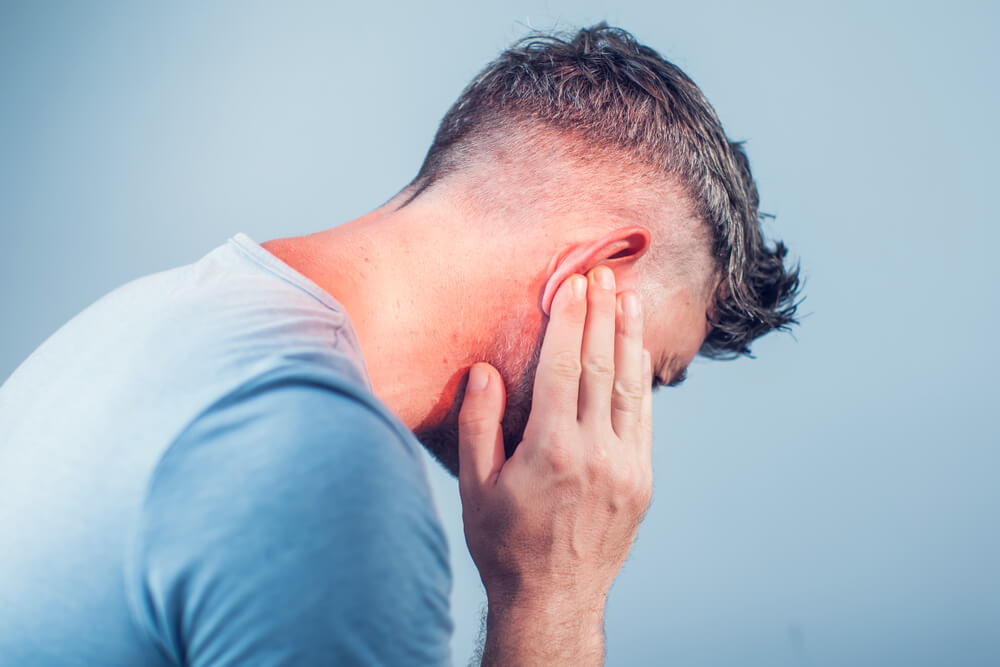Those difficulties can be the result of fatigue, strenuous training or activity. The feeling of shortness of breath can appear due to a psychological issue, but if there is no obvious reason why this happened, it is important to know that loss of breath or difficulty with breathing can be caused by cardiovascular or respiratory disease.
So, a serious health problem can be hidden behind this, and that is why it is very important to react adequately and quickly seek the help of experts. Contacting an ambulance or the nearest health care facility should be your first reaction in this situation.
What is Dyspnea?
Dyspnea can be described as a feeling of lack of air or shortness of breath.
Dyspnea is a condition that happens when there is a discrepancy between lung ventilation and a person’s need for air. It is very unpleasant, especially when it appears for the first time and suddenly, seemingly for no particular reason. The situation the person is in at the time, can look very dramatic and it is very important to calm the person down and allow them to get emergency medical help.
Dyspnea that lasts longer than four weeks becomes a chronic condition.

Why does it occur?
Dyspnea can occur in situations when we were exposed to stress or more intense activities than we are used to, and even when we are at a higher altitude. In addition, it happens to women in menopause or PMS. Also, a piece of food can get stuck and cause breathing problems, so the most important thing at that moment is to quickly remove the obstacle. This condition requires urgent intervention, without any delays.
However, if you have a breathing problem, you should first consult a doctor, do tests and check if it is a consequence of a more serious illness. You should not bring judgements about this condition on your own, because dyspnea can be a consequence of a wide range of different diseases, so professional opinion and treatment in accordance with the discovered condition is necessary.
Dyspnea can be caused by:
- cardiovascular diseases (heart rhythm disorders, heart attack, congenital heart defects, coronary heart disease, inflammation of the heart muscle or pericardium)
- respiratory diseases (pneumonia, pulmonary fibrosis, bronchial asthma, chronic bronchitis, problems with pleura)
- cardiopulmonary diseases (chronic obstructive pulmonary disease with pulmonary hypertension and chronic pulmonary heart disease, pulmonary embolism)
- otorhinolaryngological diseases
- neuromuscular diseases
- anxiety and depression
- expansive processes in the abdomen
- anemia
- thyroid gland diseases
How to react if Dyspnea happens?
When dyspena happens it is important to stay calm and seek professional help, especially if it is happening for the first time. As much as the situation is uncomfortable, fear and panic can make the situation even more difficult, so it is very important to stay as calm and sober as possible in this situation.
When the attack of shortness of breath is under control, it is necessary to do analyses, in order to discover the cause and to apply the appropriate therapy and reduce the chance of recurrence of this discomfort and also reduce the further development of the primary disease to a minimum.
If its not the first time that you are having dyspnea and you are already familiar with the primary reason for its appearance, you have a prescribed therapy, then you should just follow the instructions that you received from the doctor.
And finally, if you know for sure that the reason for its appearance is stress, then do things that relax you, do relaxation exercises, breathing exercises, if your doctor has recommended some tea or sedative, apply them.
What to expect at a Doctor’s examination?

When you come to the doctor be prepared to answer some questions, because the information about your lifestyle and workplace (it is important to know whether the person in the workplace is exposed to some harmful substances, gases, etc.) are very important, to get a right impression of some factors from your environment that could affect the occurrence of this condition.
It is important to better explain how you felt at the time you experienced the problem, whether something was the trigger for it, what you were doing at the time, what was the intensity of the attack, how long it lasted, whether it happened for the first time or not.
If you notice that you feel any other discomfort (such as chest pain, wheezing, etc.) it is very important to mention them, because these symptoms will further help the doctor to direct further research in the right direction, although dyspnea can be the result of a really large number of diseases related to different organs.
The analyses that will be recommended depend on the person and the situation. The doctor will, after a basic examination and conversation with you, make recommendations for further testing. For that reason, it is important that you cooperate well and describe your subjective feelings as well as possible.
Cardiac analyses such as ECG, echocardiography (ultrasound or echo), 24-hour blood pressure holter are possible. In addition, analyses related to the function of the respiratory system can be performed, such as spirometry, X-rays of the lungs, tests of lung function, gas analyzes of blood, diffusion, and others. The patient may have a CT or MSCT scan to diagnose the primary problem that caused the condition of shortness of breath. Blood tests are also important, so a complete blood count will be done, and maybe some more biochemical tests or hormones that may indicate a problem with the thyroid gland.
At our institution, we apply a system called the Fast Track for Dyspnea and it implies a clear sequence of actions:
- emergency admission
- complete diagnostics and examinations
- observation of the condition
- cardiac intervention
Do not delay a visit to the doctor when you feel a problem with breathing, because a quick reaction is a priority. You will not wait in line with us, we are able to receive you immediately and react quickly. A complete diagnosis will be done and you will have the results in two hours, as well as a clear explanation of what you need to do next. Depending on the condition, you can be released with the recommended therapy or you can be kept under observation, and in the most critical situations, you will be recommended emergency cardiac intervention. Everything you need will be available to you in one place, from examinations, analyzes, diagnostics to interventions, if needed.
Therapy and Treatment
We must point out that dyspnea requires treatment, and that effective treatment is possible only after determining the primary problem that led to its occurrence.
Depending on whether it is a respiratory or cardiac disease, the patient will need pulmonary or cardiac rehabilitation, which will be recommended and monitored by specialist doctors, a pulmonologist or a cardiologist.
In certain situations, patients are recommended to change their lifestyle, introduce regular physical activities, eat a healthier diet, quit smoking, and it is important to take these recommendations seriously.
If dyspnea is a consequence of endocrine diseases, then a certain therapy will be recommended, which effect will be regularly monitored.
Dyspnea as a consequence of stress also requires attention and treatment, so it is recommended to do breathing exercises, relaxation exercises, or a conversation with a psychologist or psychiatrist.
Regardless of whether the reason for the occurrence of shortness of breath is of cardiological, pulmonary, endocrine, psychological nature or a consequence of the way of life, solving this problem should be approached seriously and without delay. At the Pulse Cardiology Center, a quick admission and thorough analysis await you, which leads to an accurate diagnosis, without which there is no effective treatment. In just two hours, you will have the correct answers, a recommendation of adequate therapy or you will be referred to the necessary intervention.





